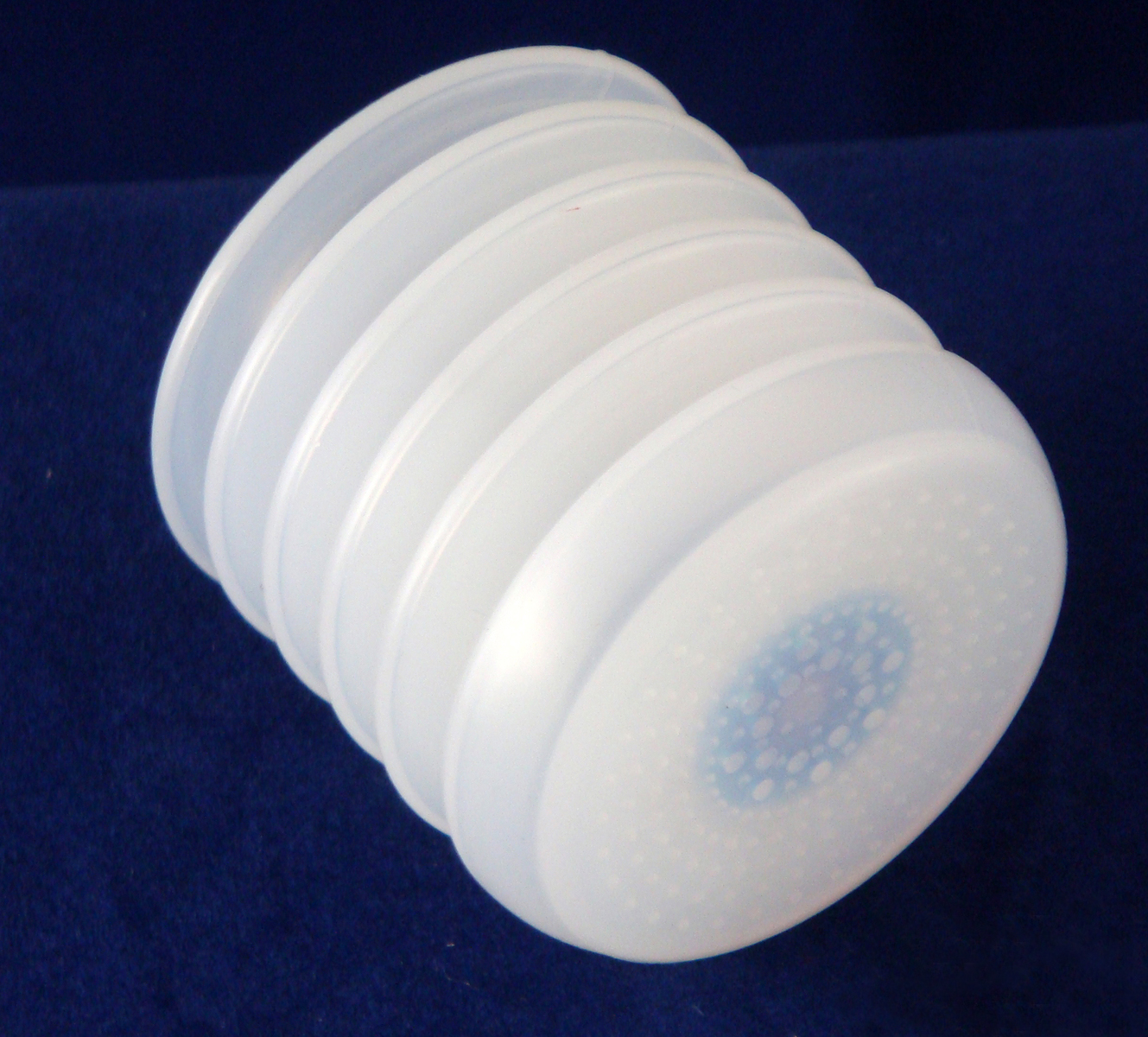The Challenge
A company in the food and beverage industry approached Marco Rubber & Plastics to design a custom rubber solution for automation for use in a food processing facility featuring fresh produce. The part in question picked and applied produce stickers to the fruits moving through the production line. Improving the consistency and service life of the completed mechanism was important, and the project’s success hinged on solving several pain points.
The material formulation was essential as the material would need to be FDA compliant first and foremost. Next, the part would need to be able to return to its original shape after a vacuum force was created through the part to pick up the sticker, then released to place it on the fruit. Tensile strength, elongation resistance, and abrasion resistance of the material were also primary concerns given the need for the part to perform this action over and over again in a 24/7 production environment.
A tight tolerance to specifications was needed for the textured face of the part, which grabs the sticker, holds it, and then releases it when the vacuum changes. The ribs, or grooves, on the textured face demanded fine tolerance or the part wouldn’t accept or place stickers as needed.
Lastly, the interior element of the part — the check valve or ‘flapper’ that regulated the vacuum pressure on and off — also required high tolerance to specs. Without it, the required pressure to pick up or release the sticker would not be reliable.
The Solution
The Marco Rubber engineering team designed a custom rubber solution for automation that incorporated a bellows-like, or accordion-shaped part to execute the repeated vacuum pressure needed for the application.
Using FDA-grade translucent silicone for the bulk of the part gave it the needed characteristics to ensure it would hold up well to constant, repeated use while also meeting necessary requirements for use in the food & beverage industry. The material also allowed for the design to easily adhere to the tight tolerances needed for the textured face element of the part.
FDA-grade blue silicone was used for the interior ‘flapper’ mechanism. The difference in color made it easy to identify that specific component, and the material met the requirement for use in the food industry as well as ease in working it to exact specifications.
The end result was a small-to-midsize part that could serve the application well despite heavy use.
The Result
The newly designed and developed part delivered in all aspects. The part showed an increase in consistent suction that reduced the number of sticker application failures. The improved abrasion resistance, tensile strength, and elongation resistance from the materials led to an increase of 25% in the service life for each suction sticker placing component sold.
With fewer failures and fewer replacement parts needed, the produce company experienced less downtime in its facility. This is vital as any shutdown is exponentially expensive for a production facility, and even more so when the product itself has a true shelf life — such as the case with fruit or similar food products.
This type of custom rubber solution for automation is also applicable across many different industries and isn’t limited to just food & beverage. Suction or vacuum placing automation is used in placing labels and bottling, in the production of televisions as many of the screens used today are placed through similar mechanics, or in any production facility that needs to move product from one stage or another with a minimally invasive pick and place methodology.
Contact Marco Rubber & Plastics today to learn how our engineering expertise can provide a custom rubber solution for automation, effective sealing solutions, and more.
